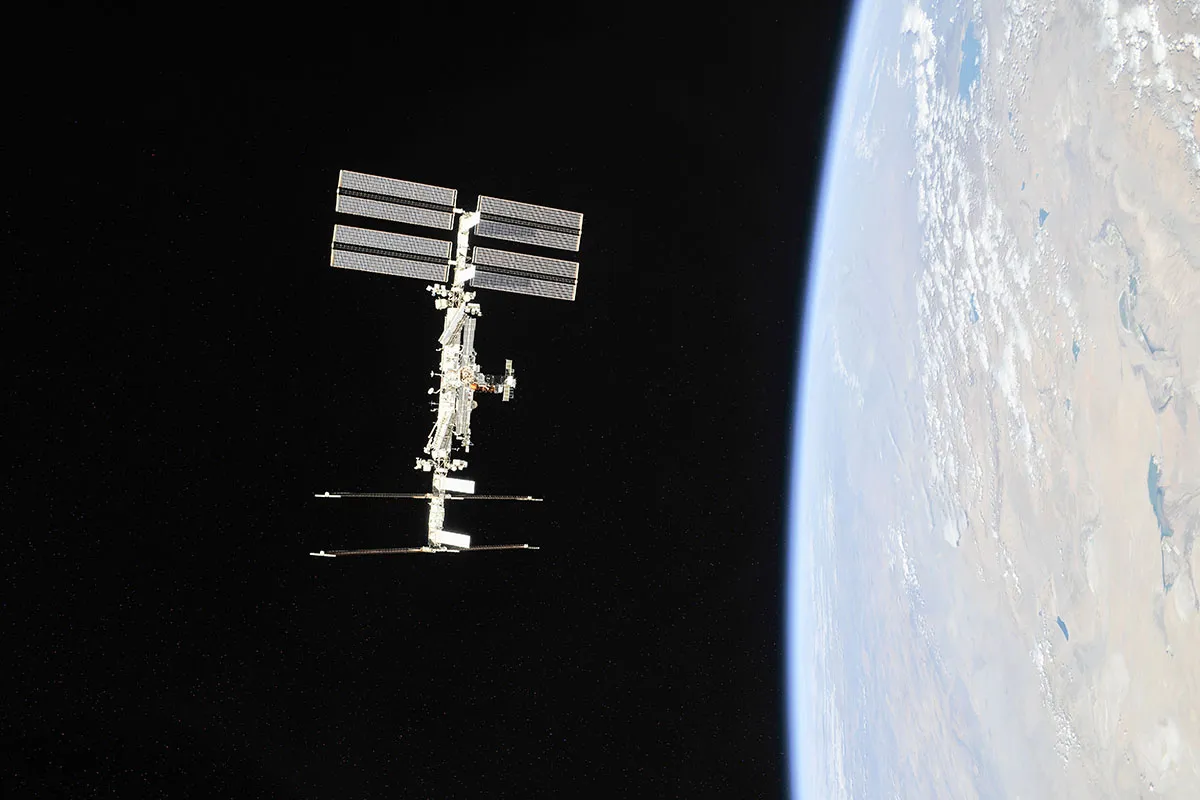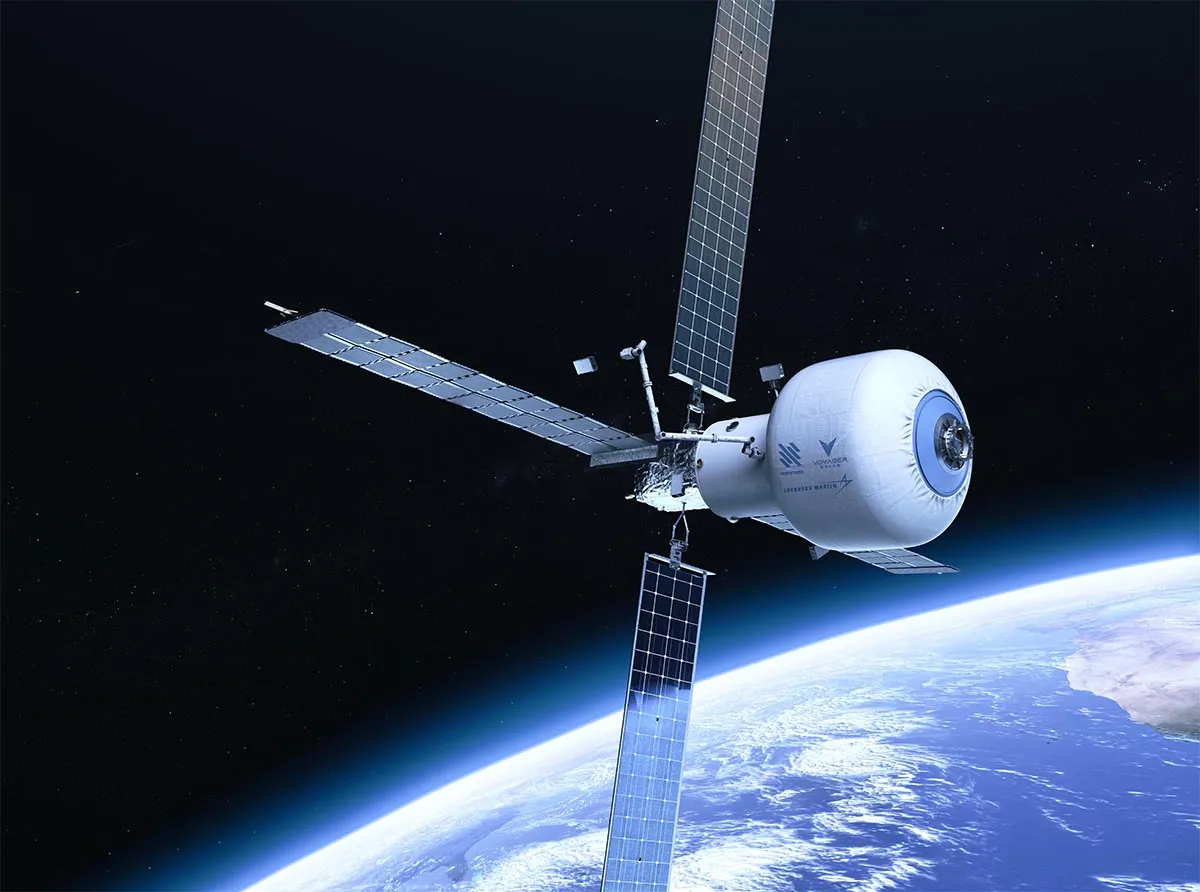NASA has laid out its plan to decommission and deorbit the International Space Station (ISS) by 2031.
Commercial replacement facilities are expected to step in before that time, allowing NASA to maintain a constant human presence in low-Earth orbit.
In the meantime,Roscosmos, the Russian space agency, has officially announced that it will leave the ISS in 2024 once its existing agreement runs out.
Agency chief Yuri Borisov stated Russia will now focus on building its own station.
Since its launch in 1998, the era of the Space Station has seen a continued human presence in space, with astronauts from different countries around the globe living, working and conducting vital science experiments in Earth orbit.
It has also become a favourite object to spot in the night sky: it's possible to spot the International Space Station or even to photograph the International Space Station.
So why is this iconic feat of engineering soon to meet its end?
Read more:
Why is the ISS being retired?

As the ISS enters its third decade, the spacecraft is beginning to show its age. Much of the equipment is outdated and structural problems such as cracks are beginning to emerge.
The international partners that collaborate in the running of the International Space Station have decided to wind down activities before eventually deorbiting the ISS.
The process will take several years as the ISS’s orbit is gradually reduced by visiting spacecraft, eventually causing it to crash to Earth in January 2031.
Due to the large amount of debris expected, it will be disposed of in the South Pacific Ocean Uninhabited Area.
What will replace the ISS?

To ensure that low-Earth orbit activities continue without the International Space Station, NASA has commissioned several companies to create commercial low-Earth orbit destinations.
Three US companies have been named so far to replace the ISS: Blue Origin, Nanoracks LLC and Northrop Grumman Systems Corporation.
"We estimate that our agency’s future needs in low-Earth orbit will require accommodation and training for at least two crew members continuously,"says Angela Hearts, Manager of NASA’s Commercial Low Earth Orbit Development Program.
"All the companies propose an initial operating capability of their systems prior to 2030," says Phil McAlister, Director of the Commercial Spaceflight Division at NASA Headquarters in Washington.
"This will… ensure that we don’t have a gap in our access to low-Earth orbit."
